Name Amy Bock | ||
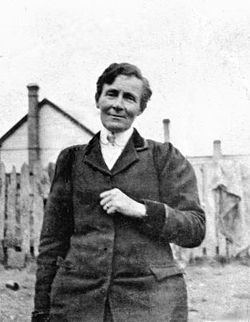 | ||
Died August 29, 1943, Bombay Hills Similar Alfred William Buxton, Ngātata Love, Joseph Ward | ||
Amy Maud Bock (1859 – 29 August 1943) was a Tasmanian-born New Zealand female confidence trickster and male impersonator, whose trials and cross-dressing interlude have made her a subject of perennial historical interest in her adopted country.
Contents
Early life (1859–1884)
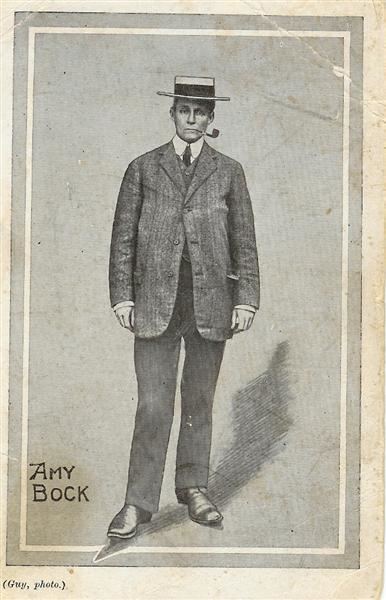
Bock was born to Alfred Bock and Mary Ann Parkinson in Hobart, Tasmania, in 1859. Her family was itinerant, moving from Hobart to Sale, Victoria and finally settled in Melbourne in 1874. Mary Ann Parkinson was in fragile mental and physical health, and died soon afterwards in a psychiatric institution.
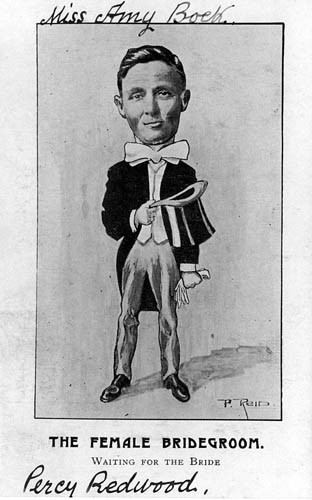
For the next decade of her life, Amy Bock worked as a teacher in Gippsland, Victoria, until she encountered legal trouble after she was found to have received goods under false pretences in 1884. Alfred Bock persuaded her to emigrate to New Zealand, where he lived in Auckland with his second wife.
Criminal career (1884–1907)
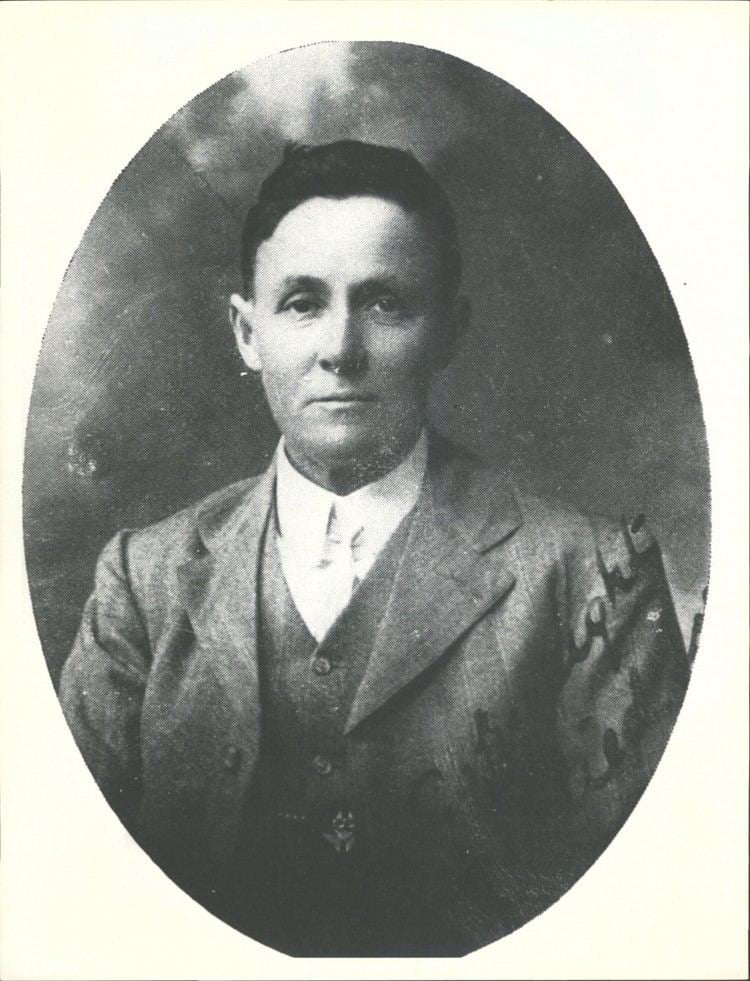
After she settled in New Zealand, Bock found work as a governess, but this position was to prove short-lived. After a few weeks of employment, she began what would later become a habitual pattern that involved emotional inducements to her employers to part with their money or subterfuge designed to secure their property, followed by her flight, and then tearful and repentant return, pleading the malignant influence of her kleptomaniac mother on her perennial habit of theft.
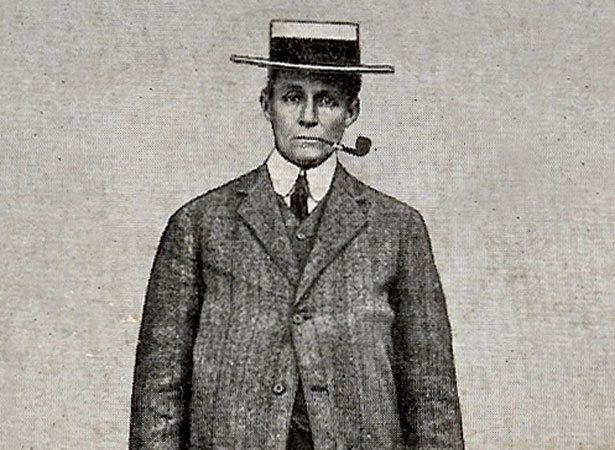
Bock first came before the New Zealand courts in April 1886, at the Resident Magistrates Court in Wellington. As in Gippsland, she was charged with receiving stolen goods in Christchurch, and sentenced to one month's imprisonment at Addington Prison in that same city.
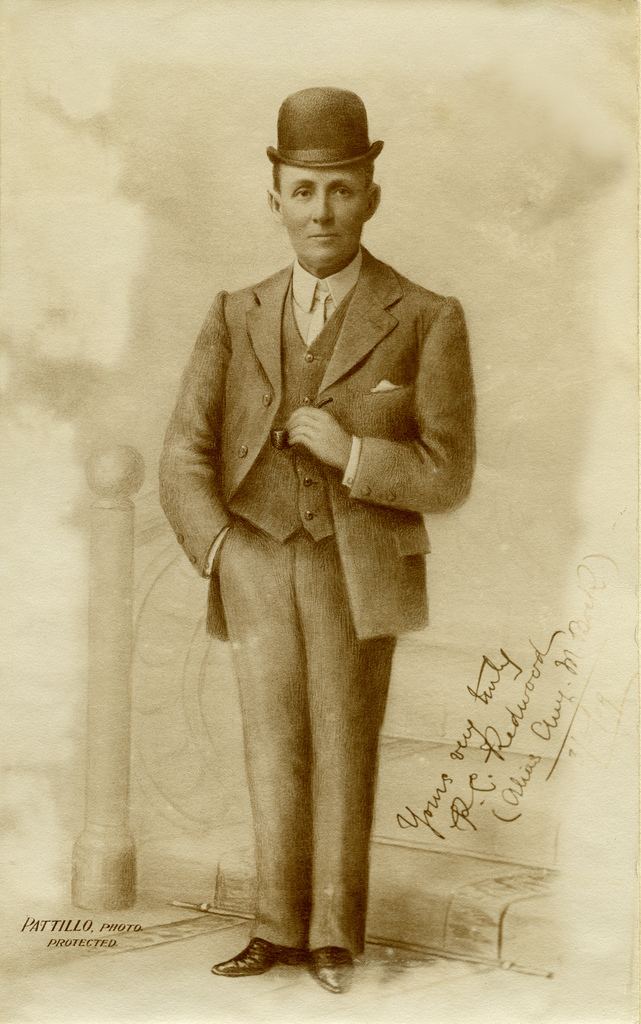
By July 1887, she was back before the court on fraud charges, and sentenced to six months' detention at Caversham Industrial School in Dunedin. The governor was impressed by her manners and social skills and offered her a position as a teacher after she was released in January 1888. However, she was found to be engineering her escape through correspondence with a supportive but fictitious aunt. She left the school and took up independent music instruction, only to fall afoul of the law once again. She was back in court in April 1888 for her habitual offence of receiving goods under false pretences. She was sentenced to another two months of imprisonment.
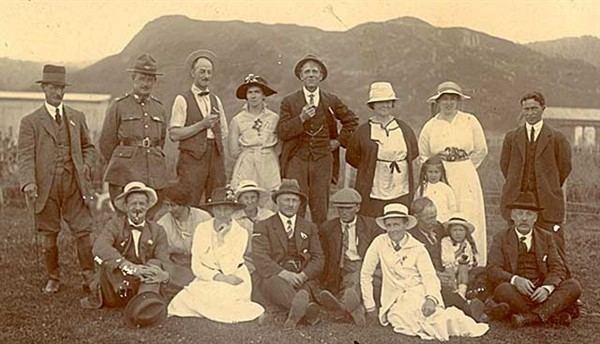
In 1889, Bock shifted to Akaroa, on Banks Peninsula (near Christchurch on the South Island). She again found work as a governess, but reoffended and was sentenced to concurrent six-month sentences for theft and false pretences in April 1889. On release, she returned to Dunedin, where she served as a housekeeper until June 1890, when she tried to pawn her employer's chattel.
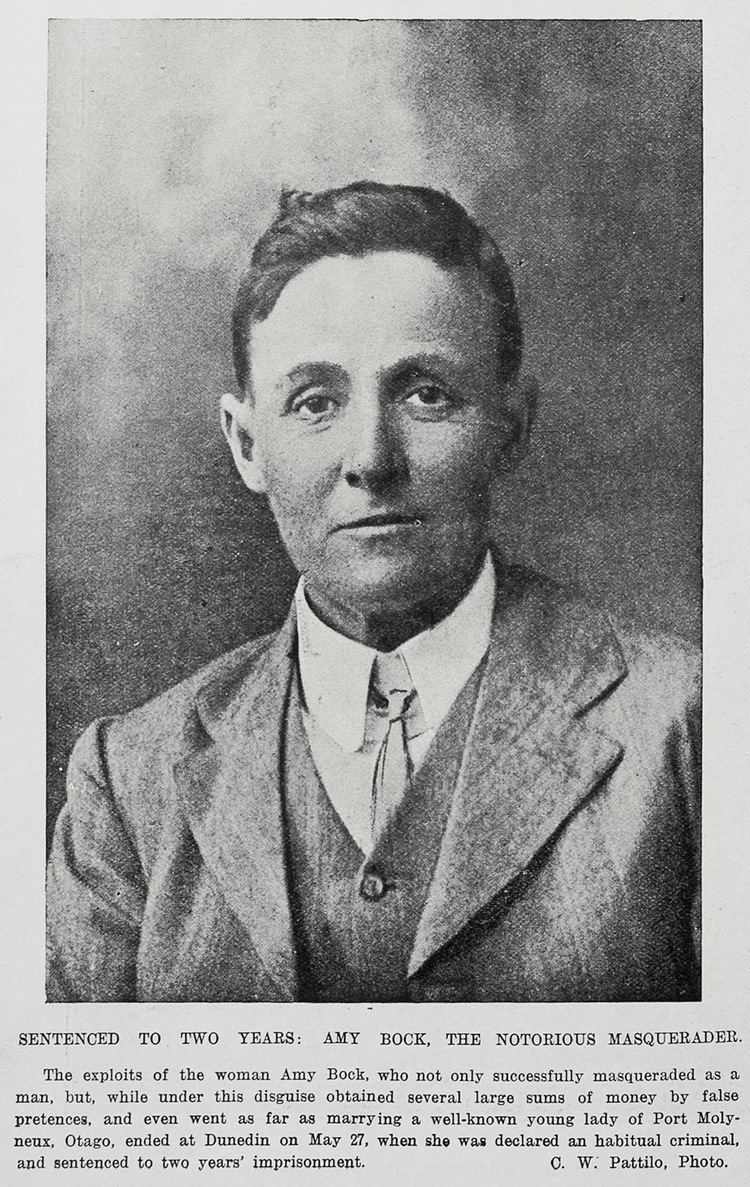
After a three-year period of imprisonment, Bock resettled in Timaru at the quarters of the local branch of the Salvation Army, but was later apprehended trying to pawn her landlady's watch in April 1893. In November 1893, she moved to Oamaru where she once more obtained money by false pretences, tried to defraud a furniture seller, and was imprisoned again in January 1894.
After Bock's last interim conviction, she seemed to have finally reformed, spending some time at a Catholic-run Magdalen Asylum for 'fallen' women until she resurfaced in 1902. Masquerading as Molly/Mary Shannon, she defrauded investors of sums required to start a fictitious poultry farm, and was again imprisoned for two years in March 1903. She earned remission for good behaviour, and was freed late in 1904. She found work at Rakaia as "Amy Chanel", but was later found to have tried to alter a cheque, and served a three-year sentence.
In 1907, she was released and lived quietly in Christchurch for a year. In 1908, she became a housekeeper to Arthur Vallance, and tried to pawn his furniture, eluding apprehension by inventing another fictitious aunt, a Miss Charlotte Skevington. At this point, Bock began her most audacious masquerade, as a male.
"Percy Redwood" (1908)
As Percy Leonard Carol Redwood, an affluent Canterbury sheep farmer, Bock holidayed at Port Molyneux on the South Otago coast, where "Percy" wooed Agnes Ottaway, the daughter of the landlady. Bock maintained her male impersonation through adept use of letters purported to be from lawyers, postal orders and small loans. "Percy" and Agnes even married on 21 April 1909, but it was not to last as the "groom" was arrested at "his" mother-in-law's hotel, 3 days after the wedding. It was at the time of the arrest was when Agnes discovered the secret behind "Percy". Bock was then taken back to the Dunedin Supreme Court, and was declared an habitual criminal.
When the petition for an annulment of the marriage was heard in the Supreme Court, Counsel reminded the Judge that the situation was not unprecedented in Dunedin, and commented on the earlier Lance v. Trequair case, where two women had lived together for eight years before parting ways. “The fact of a woman [like Agnes Ottaway] marrying another woman in ignorance of the ‘bridegroom’s’ sex is remarkable enough, but what is to be thought of a couple that keep it up for eight years?” he asked (NZ Truth, 26 June 1909).
Later life (1911–1943)
Upon her release in 1911, Amy Bock worked at a New Plymouth retirement home, and married Charles Christofferson, a Swedish immigrant, in 1914. Due to Bock's indebtedness, the marriage foundered within that year. By February 1917, she appeared before the New Plymouth Magistrates Court on further fraud charges, and was fined twenty pounds. Fourteen years later, she appeared at the Auckland Supreme Court in October 1931, where she had been remanded to face multiple charges of financial fraud.
Bock was given a two-year suspended sentence, conditional on her probationary residence at a Salvation Army home. She complied with the order and settled down in her twilight years. Bock died on 29 August 1943.
Bock has had a posthumous career in New Zealand feminist studies, where her active criminal career and gender masquerade have aroused interest It is possible that the "Percy Redwood" masquerade might suggest that she was either lesbian or bisexual, although Agnes Ottway quickly had the marriage annulled when she found out her "husband's" actual gender. More recently, she has been the subject of a historical autobiography
